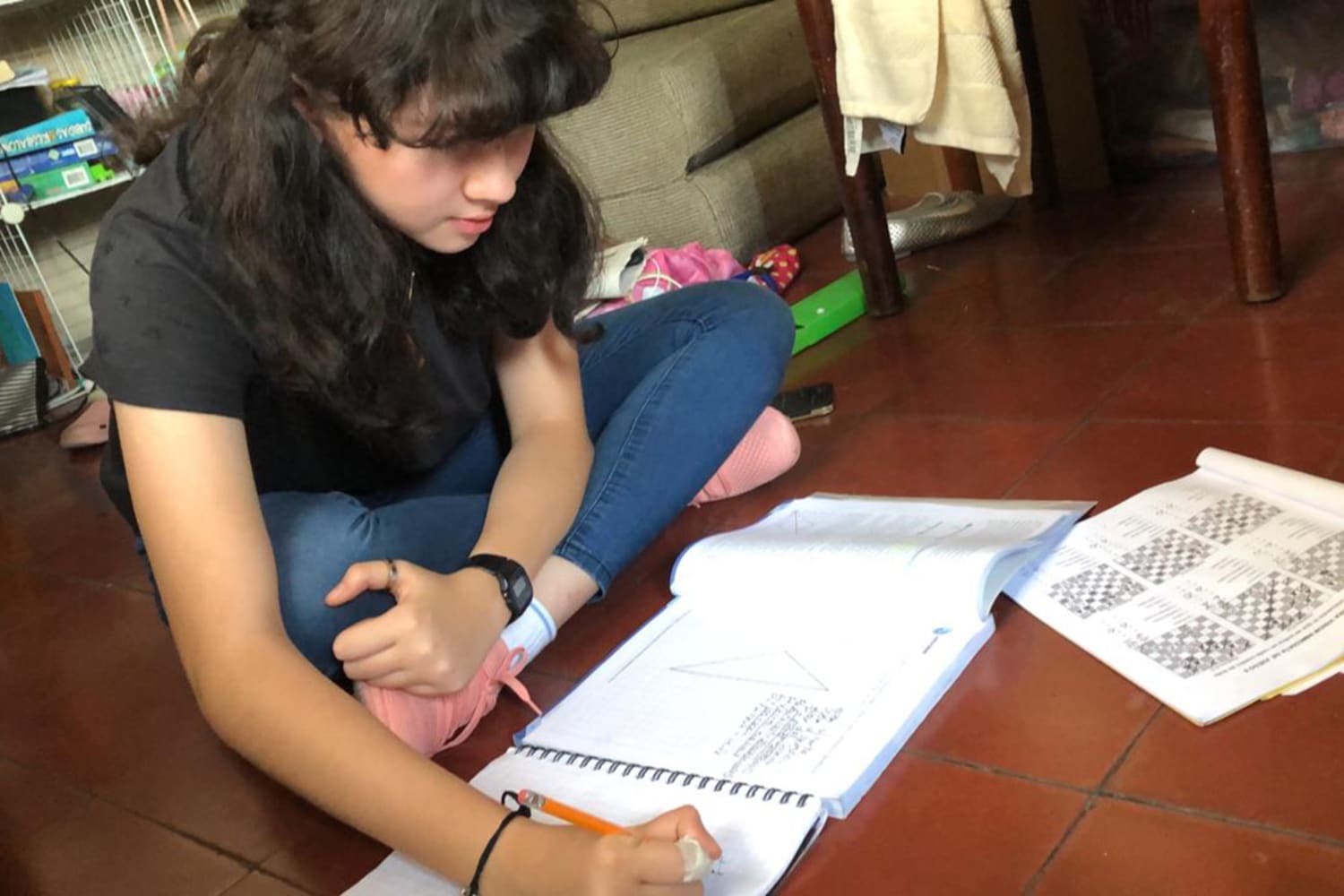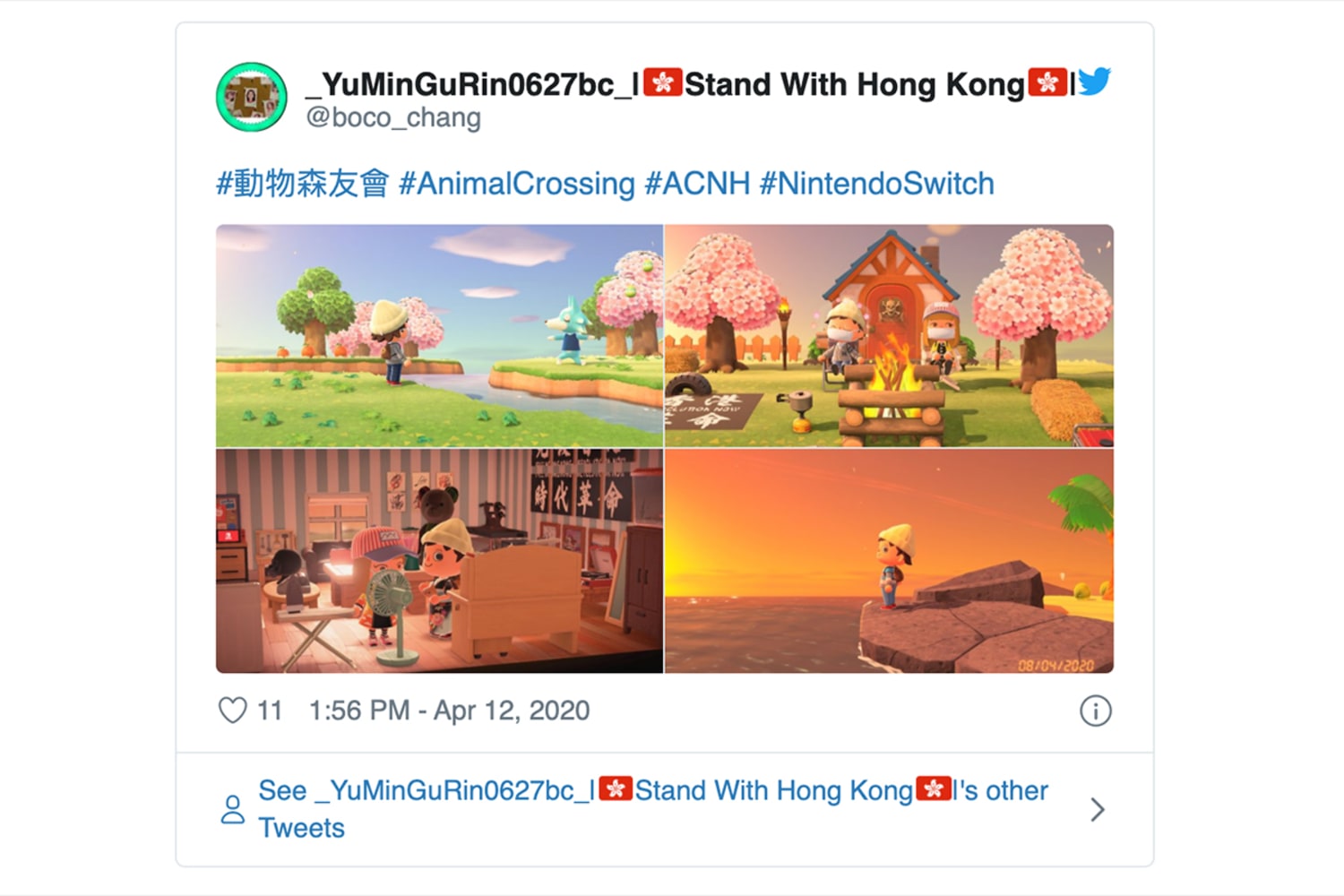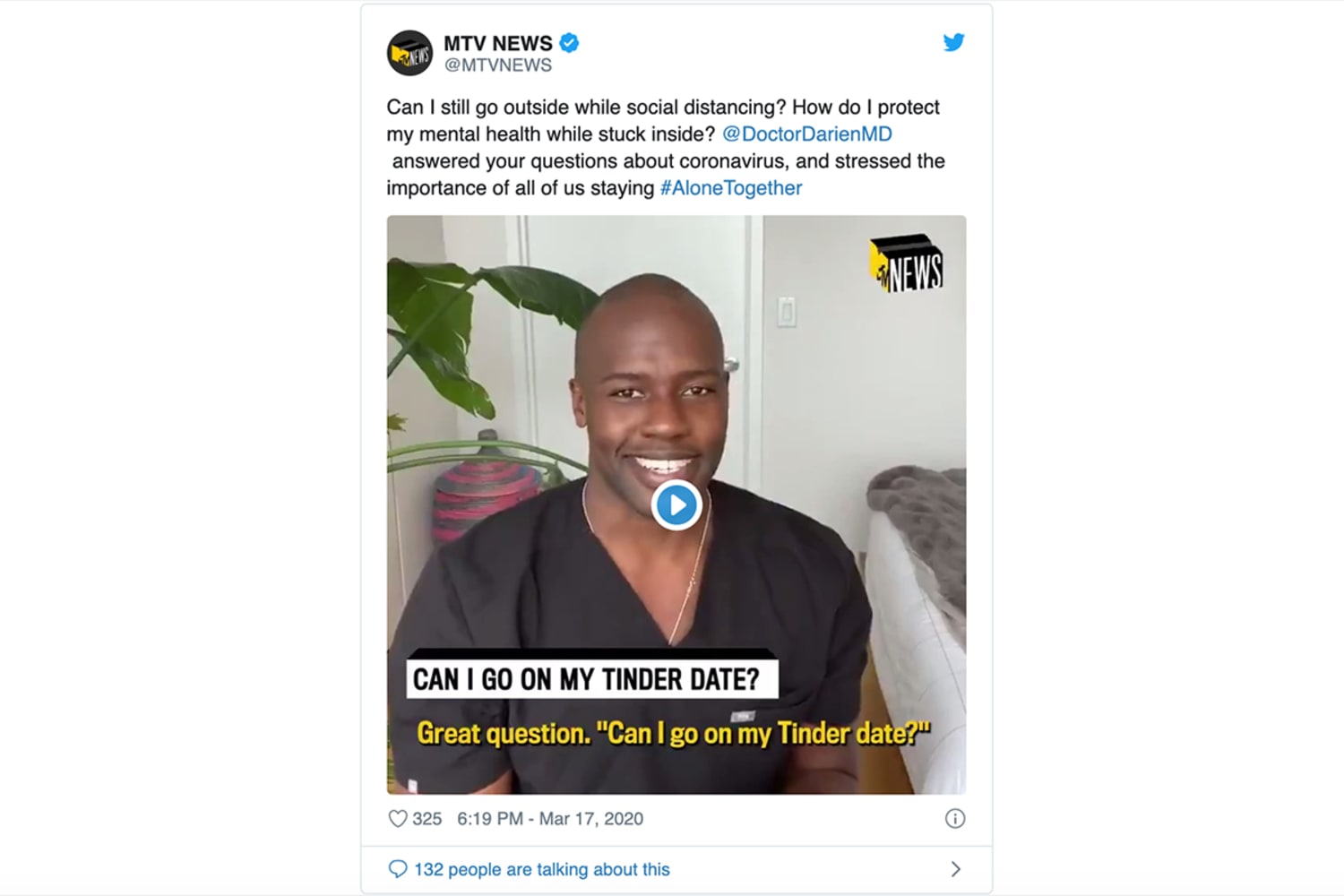Teens and young adults are home, cut off from friends and teachers and learning remotely. Exams have been cancelled. Parents’ incomes have shrunk. They can’t visit grandma. First jobs are tenuous.
When Unicef ran a series of recent polls to check the pulse of young people, the UN organization found varying levels of anxiety.
“For a lot of respondents, the big concern is not knowing when things go back to normal,” Roshni Basu, Regional Advisor, Adolescent Development & Participation for Unicef in East Asia and the Pacific told Wunderman Thompson Intelligence. “They are feeling a sense of anxiety about the future. A lot of the feedback is also about not having enough to do at home.”
But while the pandemic is throwing their future into question, it is also spurring a wave of online camaraderie and creativity among the digital natives of gen Z.
“There is a real sense of peer support that gets heightened in times of crisis,” said Basu. “Gen Z is really coming together and there is a lot of innovation and entrepreneurial spirit and a surge of creativity” through social media platforms like Instagram and TikTok.
High Anxiety
The anxiety is shared around the globe as COVID-19 moves west. The US now leads the world in the number of deaths and infections.
A Wunderman Thompson Data report on pandemic attitudes found younger Americans significantly more anxious than older Americans.
It’s not COVID-19 specifically that’s driving their anxiety, but the implications for their future—job prospects, cost of living and so on. Among those aged 18 to 24 surveyed between March 20 and 23, 2020, there were more than 10 times more who were anxious than those not anxious.
For one thing, younger workers are more likely to lose their jobs if businesses go under.
According to the Pew Research Center, nearly half of the 19.3 million workers in America aged 16 to 24 work in the service sector. In areas with more serious outbreaks, these are the businesses in most danger of closure.










